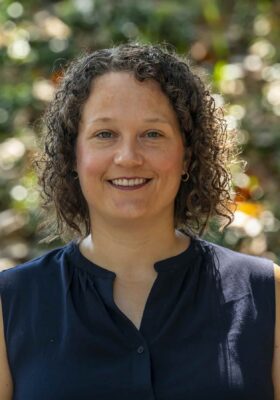
- This event has passed.
Dr. Andrea Torvinen – The Role of Collective Action in Community Resilience in Northwest Mexico
October 20 @ 7:00 pm - 8:30 pm MST
Our webinars are free and open to the public, but preregistration is required. To register, click here.
Dating to the Epiclassic period (600-900 CE), La Quemada, Zacatecas, Mexico, was founded during the cultural florescence of the northern frontier of Mesoamerica, but the site was abandoned ca. 800-900 CE while neighboring hilltop centers persisted. Having previously ruled out climate change as a contributing factor to the site’s decline, this research investigates whether internal social unrest or shifting political or economic networks may have played a role. Specifically, did a change in how the occupants of La Quemada identified with one another decrease the potential for collective action over time? Material proxies in the form of ceramic styles (i.e., decoration or vessel forms) and fabric classes (i.e., petrographic and chemical data) are used to assess the temporal and spatial consistency of social identification at multiple socio-spatial scales within the site of La Quemada. Despite fluctuations, there was a high potential for collective action preceding site abandonment, suggesting that a disruption in the social fabric of La Quemada did not contribute to its decline. Therefore, being cut off from social networks developing between West and Central Mexico likely impacted the long-term resilience of La Quemada.
Biography
 All Events
All Events
